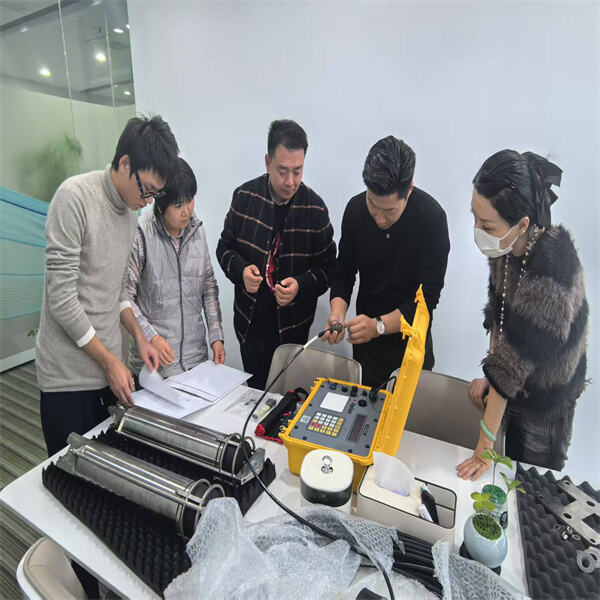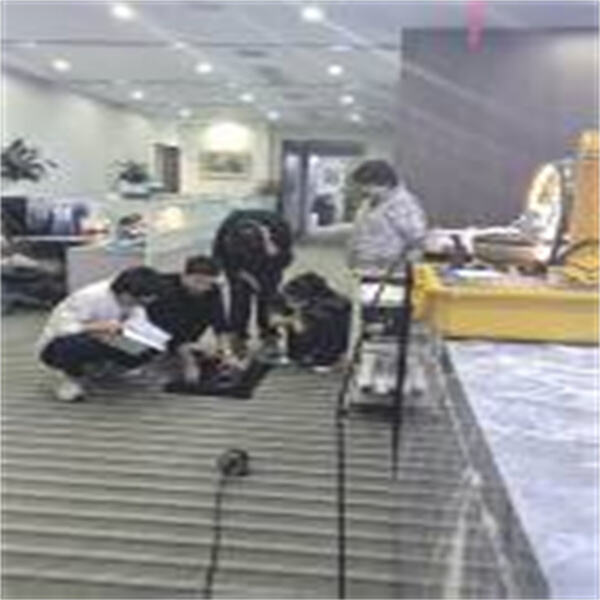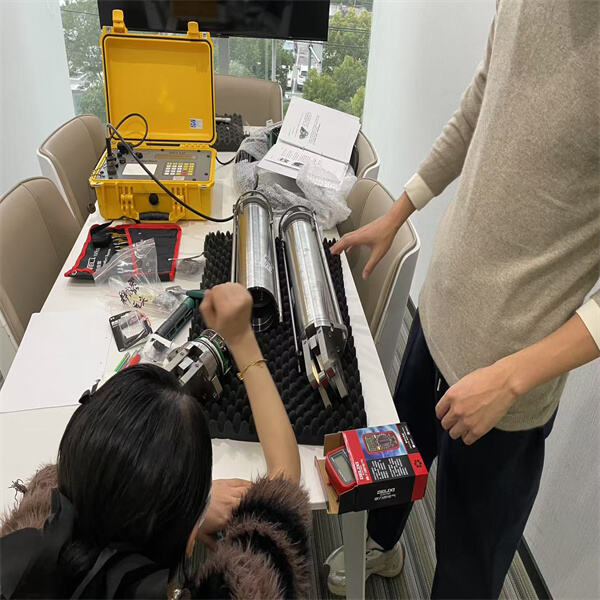Have you ever wondered how scientists retrieve equipment from the bottom of the ocean? One key technology that aids them is known as underwater torque wrench. The acoustic release uses sound waves to open up and allow underwater equipment to float back to the surface. This allows for research and retrieval of important vehicles used in ocean exploration.
For underwater work, subsea sampling systems are extremely convenient. These systems consist of two components: a release mechanism and a sound communication device. The release mechanism is mounted on the apparatus that should be lifted, and the sound communication device transmits a signal to free it. This allows the equipment to float up to the top, where it can be pulled in more easily. Acoustic release systems are commonly utilized in research, oil and gas exploration, and underwater construction endeavors.

Acoustic release technology makes sense to retrieve all types of equipment on many different levels. One major benefit is that it allows scientists to retrieve tools without needing to dive down to the seafloor. This allows to save time and money and reduces the risk of error. Acoustic release systems will survive even the most challenging underwater conditions, which gives them proven reliability for ocean exploration. And employing this technology contributes to the protection of the ocean environment by enabling equipment retrieval without damage to underwater ecosystems.

This is why acoustic release technology is incredibly beneficial, however there can be issues which arise from using these devices. One common problem is difficulty communicating over the sound communication link. This can occur due to noise made by examples from different sources such as the ocean or differences in water temperature and pressure. To ameliorate these issues, researchers can adjust the sound frequency to enhance interaction with the actuation mechanism. Periodic maintenance and testing of acoustic release devices can identify potential issues before they occur.

As technology advances, scientists have been constantly seeking ways to improve acoustic release technology to help in the exploration of the ocean. And there comes a whole new idea that's exciting, using artificial intelligence to make acoustic release systems even better. The smart systems can analyse the data in real-time and optimise the sound signal in order to improve the communication. Another innovation is the use of special materials that can withstand extreme underwater environments, such as high pressure and saltwater. New technology for acoustic release systems, which make it possible to recover equipment from the ocean floor, helps scientists initiate a better exploration and understanding of the deep sea.